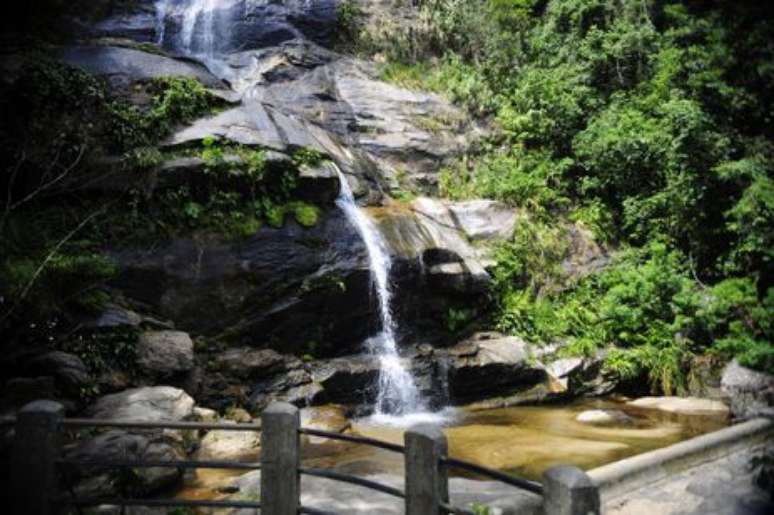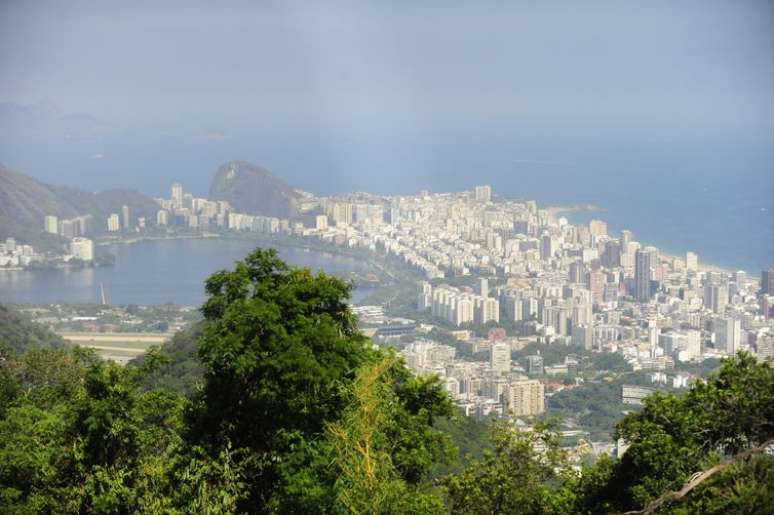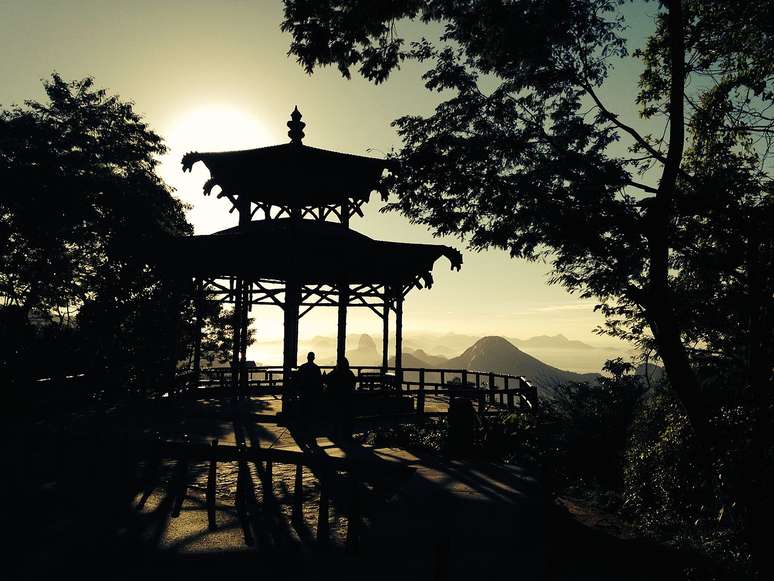Cyclists are increasingly present in the visiting areas
Last year, Tijuca National Park (PNT) recorded a historic record of 4,464,247 visitors, surpassing the previous records of 3,532,778 tourists, in 2022, and 3,357,403, in 2016, the year of the Rio Olympics de Janeiro. From 2008 to 2022, the park was the most visited in the country, among the 75 existing national parks.
“These are numbers to celebrate”, underlined Thursday (21) Viviane Lasmar, director of the Tijuca National Park and employee of the Chico Mendes Institute for the Conservation of Biodiversity (ICMBio).
“We are improving our count, but we have no doubt that the number of visitors today is higher. The numbers reflect this reality,” he told Agência Brasil. Although ICMBio’s 2023 data has not yet been released for the other national parks, Viviane believes the area led that year too. “This is also our expectation. The number has not yet been released, but we believe the result is the same.”
Cyclists
Viviane highlighted the participation of cyclists in the park. “It is an activity that has increased greatly in recent years, especially after the Covid-19 pandemic, contributing significantly to our record of visits.” Cyclists were increasingly present in the visiting areas, in particular Vista Chinesa, located in the Serra da Carioca sector, and in the Floresta sector.
According to cyclist reports on Strava, one of the world’s largest platforms for the sports community, the park region is among the most popular locations for the sport in the world. The numbers indicate that from 2019 to 2023, Vista Chinesa saw a 66.7% increase in visits, from 118,436 to 197,536 cyclists.
The number of cyclists corresponds to almost half (46.8%) of the total visitors to this tourist destination, the management informed. In the Forestry sector, the increase in the same period was 57.3%, going from 8,936 two-wheeled visitors in 2019 to 14,057 in 2023.
Another place to visit with a notable increase in frequency is Parque Lage, where attendance went from 837,820 to 1,102,269, recording a difference of over 250 thousand people.
Although many don’t know it, Tijuca National Park protects Parque Lage, which has among its attractions an area of preserved Atlantic Forest, as well as historic homes and buildings.
By sectors, the numbers of visitors recorded in 2023 were: Serra da Carioca sector: 3,517,976 people; Forestry sector: 825,569; Pedra Bonita and Gávea sector: 120,702.
In addition to Corcovado, there are five most visited places in the Park: Parque Lage, 1,102,269 visitors; Chinese view, 421,970; Tijuca Forestry Sector, 403,599; Pedra Bonita, 72,276; and Estrada do Redentor, 69,589. The numbers were released by Tijuca Park, through its press office.
Visit
Tijuca National Park currently has three sectors that count the number of visitors. These are the Floresta da Tijuca sector, the Serra da Carioca sector and the Pedra Bonita/Pedra da Gávea sector. It is in the Serra da Carioca sector that the Corcovado hill is located, where Christ the Redeemer is located. As expected, this sector ranked first in terms of visits, in 2023, with 2,346,118 tourists.

Taunay waterfall, which is part of the park (Tomaz Silva/Agência Brasil)
Worth highlighting is the Forestry sector, where from 2022 to 2023 there was an increase of over 100 thousand visitors, closing last year with 403,599 presences.
In the sector there is a large part of the forest replanted almost two centuries ago, an initiative that has positioned Brazil as an example of environmental recovery in the world, as well as several bodies of water that function as large refreshment areas during periods of intense activity Heat. .
“We believe the increase in visitors has a lot to do with the heat. Last year was very hot and this year too,” Viviane said.
“In the park there are some bathing spots that were not used much and which have been opened to the public. This has brought people to come. Sometimes, they come not just for the bath, but because inside the forest it is already ” Well, cooler than down there in the city. You see families having picnics, birthday parties. And all this contributes to this increase in visits”, analyzed the head of the PNT. Viviane Lasmar has no doubt that the beach areas, combined with the cooler environment offered by the forests, become natural refuges against extreme heat.
Structure
Viviane seeks, together with the federal government, to make structural improvements to Tijuca National Park. “Because we know that there are areas that still have inadequate structures.” The idea, she explained, is to revitalize the PNT’s common spaces, picnic areas and plazas for children.
“So, make some improvements for the user, understanding that these improvements can bring a better visiting experience for the tourist and that this will be reflected in areas with welcoming qualities for people.” According to Viviane the last few years have not been positive in terms of investments. Therefore, the aim is to look for improvements in visiting facilities in 2024.
He underlined that the continuity of the Wildlife Reintroduction Program (Refauna) in the National Park is still one of the elements that motivated visits to the forest.
“This is a very rich project and one that ICMBio is interested in carrying forward. Since we are increasing the fauna that was no longer there and it has an important role, also in the maintenance of the forest itself, because it is responsible for the distribution and seed exchange, we believe this will make our forest increasingly healthy.”

Chinese view, in Tijuca National Park (Tomaz Silva/Agência Brasil)
Consequently, there will be repercussions on all the other potentials of the park, both in terms of visitability and the production of environmental services, in which the park plays an important role as a forest area for Rio de Janeiro, such as slope containment, water production , decrease in temperature.
“We consider this work by Refauna as an integration of all the potential and roles that the park has for the city of Rio de Janeiro, for the citizen of Rio de Janeiro and for the tourist.”
According to the head of the PNT, the fact of reintroducing animals into their habitat it makes the environment richer “because people like to come and not only see the plants, but they want to see the animals. This also brings a different imagery to this visit. It’s another role. Since you have a richer forest, with more animals, you will have a better recovery of the forest and, as a result, the visitor will also certainly benefit from it”, said Viviane Lasmar.
Source: Terra
Ben Stock is a lifestyle journalist and author at Gossipify. He writes about topics such as health, wellness, travel, food and home decor. He provides practical advice and inspiration to improve well-being, keeps readers up to date with latest lifestyle news and trends, known for his engaging writing style, in-depth analysis and unique perspectives.




-sopo9aatjhvd.jpg)



